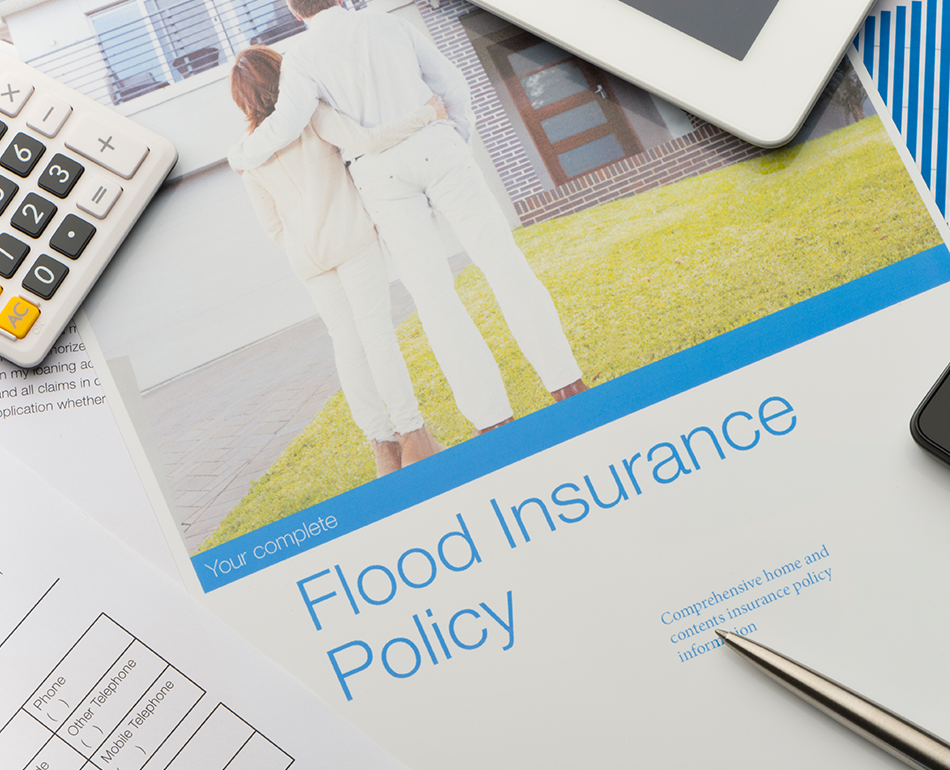Effective April 1, 2022, the National Flood Insurance Program (NFIP) implemented a new rating system known as Risk Rating 2.0 for all NFIP renewals. Risk Rating 2.0 was developed to consider a broader range of factors driving a property’s risk and, consequently, to calculate fair and accurate rates and premiums. Newly written flood policies were subject to Risk Rating 2.0 back in October 2021.
Risk Rating 2.0 comes at a time when many homeowners are severely underinsured and may be left open to costly and dangerous risks. Some policyholders do not realize their standard homeowners policy may only cover water damage from an overflowing toilet or washing machine, while actual flood damage from weather or other events is not covered. In addition to the gaps in coverage, environmental factors including more large-scale storms and flash flooding events have proved a need for more comprehensive flood insurance for homeowners.
Exploring other options
Unfortunately, Risk Rating 2.0 has fallen short. Agents and brokers are noticing inconsistencies from the program, calling on the industry to buckle down on its expertise and assist insureds in finding the best coverage for their property and risk level. As the need for flood insurance rises and the realities of Risk Rating 2.0 become clearer, policyholders may be prepared to explore other options. Consider the following tips when quoting private flood insurance:
- Understand the differences: In some cases, private flood options can offer insureds coverage limits of up to $5 million, whereas the NFIP’s limit is $250,000. Other differences include additional coverage based on broader language and definitions throughout a policy, lower rates and premiums, shorter waiting periods and more. Agents need to understand the differences between the NFIP’s coverage and private flood coverage to relay information accurately to insureds.
- Offer private flood quotes and an NFIP quote: Policyholders need to be educated on the differences, perks and drawbacks of each option. They want to be sure their agent is well versed and prepared to offer the best option for their needs. Allow the insured to see the differences laid out in front of them and take the time to explain each one and how it impacts their coverage.
- Remain up to date: Prior to Risk Rating 2.0, the NFIP has undergone few changes since its 1968 inception. The recent changes are significant. Risk Rating 2.0 makes some rules inapplicable while others remain in place. Agents need to understand current and potential future changes to provide the most effective guidance and anticipate factors that could negatively or positively impact insureds.
The evolution of the NFIP demonstrates rapid change in the market will continue. As insureds approach flood insurance, some for the first time, they will be looking for expertise. Agents can use this opportunity to grow their relationships with their clients and prove their knowledge in a sector of insurance that is vital for many policyholders.
